|
Advertisement
|
Electric Baseball
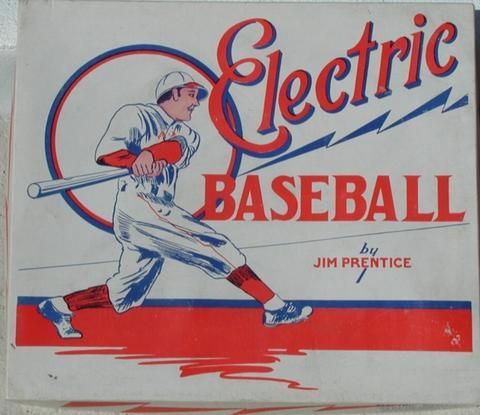
DescriptionAn application for a U.S. patent was filed in December 1927 by James M. Prentice of Holyoke, Massachusetts. Prentice was 17 years old. The patent, for "Electric Baseball," was granted less than a year later, and Jim Prentice Electric Baseball, under a variety of titles and in a variety of forms, would go on to a production run of more than thirty years. Prentice initially sold, or at least licensed, the rights to his invention to Parker Brothers, the game-publishing giant of nearby Salem -- probably to help fund his college tuition at the University of New Hampshire, whence he graduated with a degree in mathematics. Parkers produced Electric Base Ball Game, arguably the first electrical boardgame ever, in the very early 1930s. Despite the enduring popularity of the fondly-remembered Prentice games, their more than two dozen variations and their chronology are poorly documented, and Prentice himself (1910-2005) seems a mysterious figure to most. Prentice regained control of his patent by the mid-1930s and set himself up in business as Electric Game Co.. One of the first products of The Electric Game Company -- perhaps the very first, and among the simplest of all Prentice baseball games -- was Electric Base Ball "version D02," featuring the "Electric Bat." Prentice evidently got rights to Parker Brothers' graphics as well. He told the Union-News that in his first year of production, he sold about a hundred games at five dollars each. Very similar to both the D02 and the Parker Brothers game, another of the earliest varieties of Electric Base Ball was the "version DD24," also featuring the "Electric Bat." The "D" and "DD" clearly denoted editions using a single D battery and two D batteries -- perhaps the last obvious indicia in a long list of cryptic Prentice codes. The games were personally assembled by Prentice and a few assistants. Another early-looking version of Prentice electric baseball is Wonder Baseball Game. The illustrated batter would be reused in later variations of the box lid. Not only is Wonder again similar to the early models above, the promo literature included in the box trumpets both the Wonder game and Electric Base Ball Model D02, as well as Electric Football, and identifies all as available in 1938. Oddly, the Wonder gameboard indicates "patent pending," despite the 1928 patent used on much later models. Wonder Baseball had an edition packaged in a slip-cover sort of box and apparently devoid of battery compartments, control buttons, and lights. It seems to be a non-electric model, perhaps a wartime revision. Prentice saved a little money by providing box lids but no box bottoms for his games, leaving many vendors of second-hand games today to think that one part's missing. It's not. Adding to some latter-day confusion, Electric Game Co. box lids and gameboards do not always match up. Prentice was not one to waste a nickel, so it's very likely that, even while new gameboard models were being designed, produced, and sold, old box-lid inventory was being used until it was exhausted, and only at that point would new and redesigned box lids be printed. The lid most often associated with the earliest 1930s versions of Electric Base Ball is a red box with the batter illustration above the title. Two words on the gameboard, "Baseball" is one word on the box. The source of the illustration -- the same batter seen on Wonder Baseball Game -- remains unknown. Slightly later editions of the lid added the phrase "Big League" above "Electric Baseball" -- all in a new font -- and are in fact usually seen covering Like the earliest versions, the B-4 measures about 16x14" -- the standard dimensions of all Prentice Electric Baseball games until the Super De Luxe editions of the early 1950s. A fourth edition of the red box replaces "Big League" with "Jim Prentice." Jim Prentice Electric Baseball, probably from about 1940, sports a version of the cover illustration on the gameboard itself. The legend added to the fifth red box variation reads "This Game Operates Electrically Or Mechanically." Jim Prentice Electric Baseball Dual Control Model, is a little lighter on the bulbs and wiring and the need for batteries, hinting that this too is not just post-1940 but a wartime product. A slightly simpler version of Jim Prentice Electric Baseball Dual Control Model (had two knobs, no illustration). The two Dual Control models are the only versions of Electric Baseball so far found carrying a different patent number -- confirming not only their 1942 invention, but also that they were not a Prentice design. George P Alderman and Herbert H Fredrick had been the people granted the patent on that gameboard. The patent was later licensed to a company called Mastercraft, which produced the game as Prolectric Baseball in 1951. Mastercraft also turned out Prolectric Football and possibly other games in the '50s. The famous "alligator-finish" white box is assumed by many to be early 1930s vintage, but this box lid is almost always seen with Models E120, 68-B, 48-B, and 63-B, all verifiably from the late 1940s. Model E120 dates to 1947. The cartoon of the swinging batter is based on an early-'30s painting by noted illustrator J. F. Kernan. Game DiscussionsAdd CommentYou need to be logged in to comment. Insert Bullet List Please enter at least one item. Item: Item: Item: Item: Item: Insert Numeric List Please enter at least one item. Item: Item: Item: Item: Item: Insert Link Please enter the link of the website Optionally you can add display text Insert Email Please enter the email address Optionally add any display text Insert Image Please enter the link of the image Insert YouTube Video Please enter the link of the video MarketplaceNo listings at the moment. Do you own this game? Click here to list it for sale.
|
Best Sellers
Board Games
|
||||
Latest Searches: Johnston county | disc toss | Star Wars Trouble | Morgue | Cad bane | warri | tabletop pathologic | Concordia Board Game | pirate and traveler | ticket to ride stand alone | Mashers | hang+in+there | carson | metal slug | ps4' | killer bunnies red | CODY | The Palaces of Carrara | where+n+the+US+is+Carmen+Sandiego | Toronto opoly | Galaxy+trucker | Monopoly:+resident+evil | starts with ma | Sex bon | four tractors | defiance opoly | Rally man | insect | Albany+opoly+game | World+in+Flames+Collectors+Edition+Deluxe
All Rights Reserved

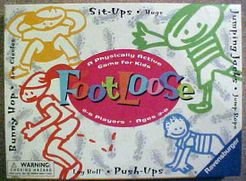


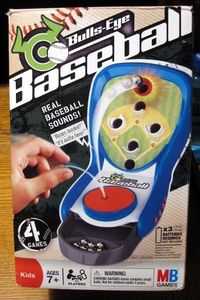
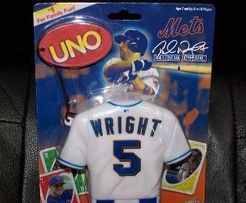
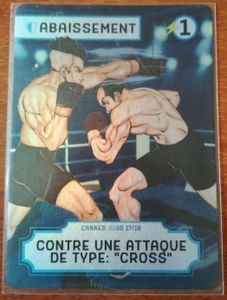
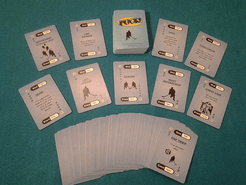
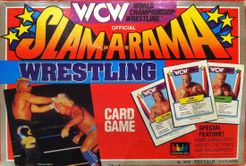
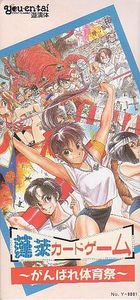
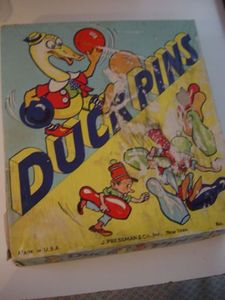
Comments (0)